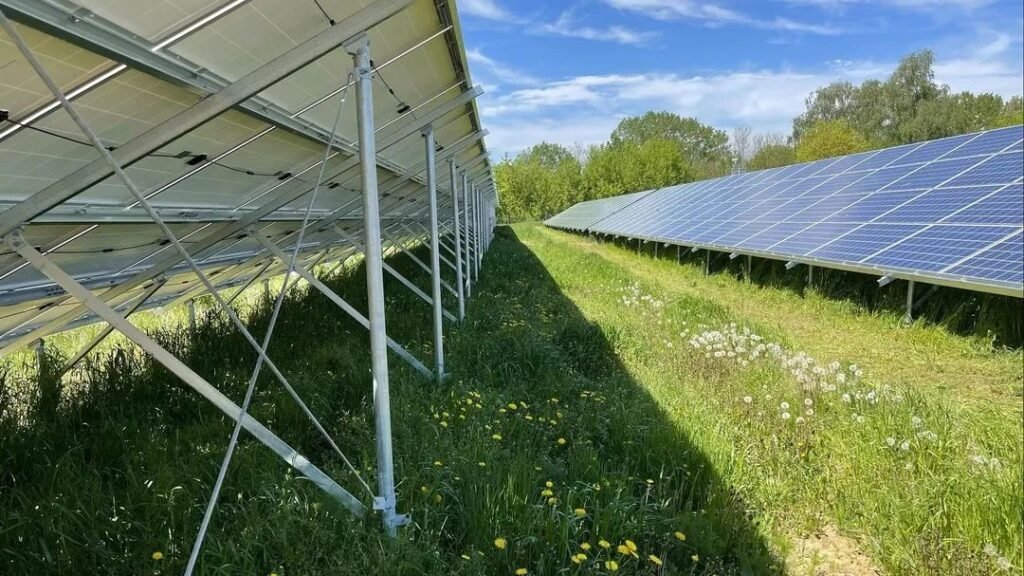
The Kaposvár Photovoltaic Power Plant, located in Hungary, stands as a significant milestone in the country’s renewable energy landscape. As one of the largest solar power plants in Central Europe, it has a total installed capacity of 100 MW. The project, covering an area of approximately 195 hectares, was designed to utilize the abundant solar resources in the region and convert them into clean, renewable energy.
The power plant is equipped with state-of-the-art photovoltaic technology, ensuring high efficiency in power generation. It is estimated to produce around 130 million kilowatt-hours (kWh) of electricity annually, which is sufficient to power tens of thousands of households. By harnessing solar energy, the plant contributes to reducing the country’s reliance on fossil fuels, decreasing carbon dioxide emissions by approximately 120,000 tons per year.

In addition to its environmental benefits, the Kaposvár Photovoltaic Power Plant also plays a crucial role in boosting the local economy. The construction and operation of the plant have created numerous jobs in the region, providing employment opportunities and contributing to local development. The project demonstrates Hungary’s commitment to expanding its renewable energy portfolio and aligns with the European Union’s goals for sustainable development and carbon neutrality.
The Kaposvár Photovoltaic Power Plant not only supplies clean energy but also serves as a model for future renewable projects in the region. Its success highlights the potential for solar energy to play a transformative role in Central Europe’s energy transition. As Hungary continues to invest in renewable energy, such projects are expected to become increasingly common, paving the way for a more sustainable and environmentally friendly future.


